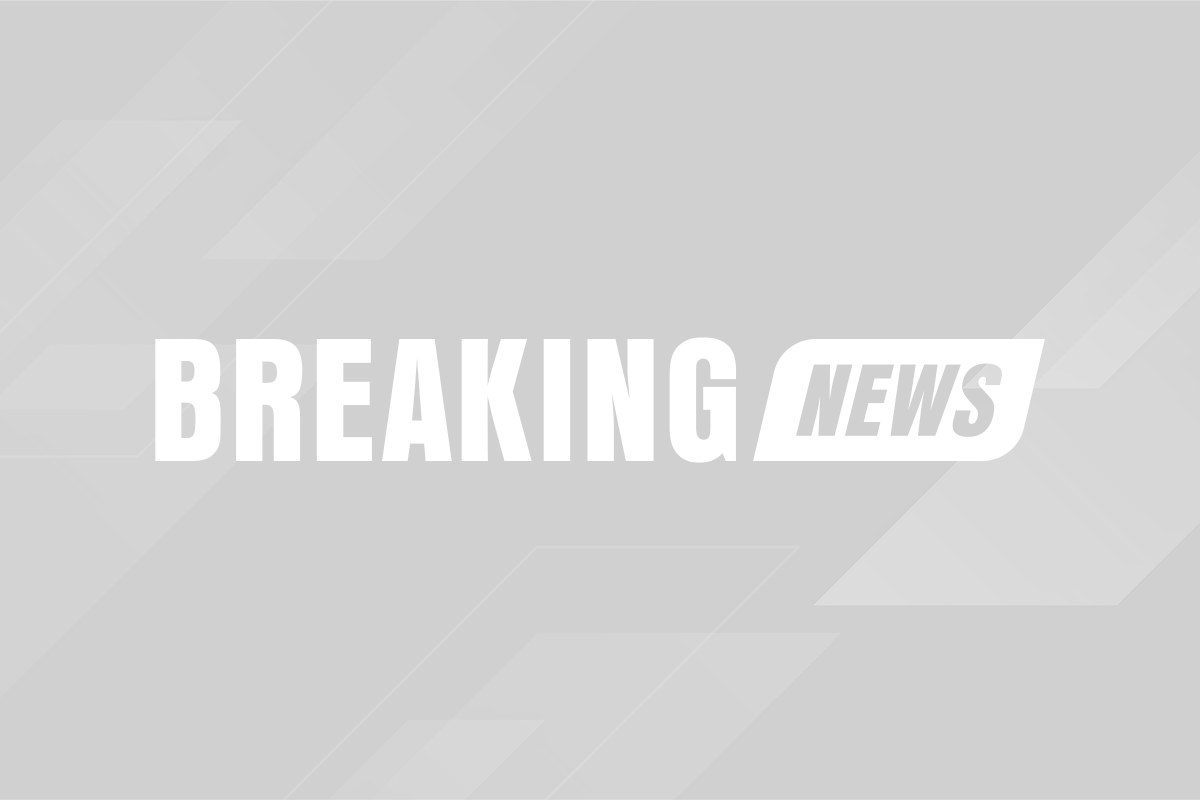
Activision Blizzard Esports Faces Drastic Team Reductions
In a sudden and significant restructuring, Activision Blizzard has dramatically slashed its esports team's workforce, leaving behind only a skeletal remainder of its former staff. This move by the gaming giant, known for its high-profile franchises such as Call of Duty, has reverberated across the industry with a mix of shock and concern.
Layoffs Post Call of Duty Tournament
The timing of the layoffs was particularly notable, occurring just one day after the Call of Duty League's Major I tournament concluded. This decision has crucial implications, as it reduces the team to a mere 12 individuals. It remains unclear how this lean team will manage the ongoing and complex demands of esports events.
This decision was not an isolated incident; it follows a similar reduction in the previous year when approximately 50 workers were laid off, influencing both the Overwatch League and the Call of Duty League. These layoffs fundamentally altered the competitive scene, leading to the dismantling of the Overwatch League and prompting a rethink in the creation of a new esports ecosystem.
Struggles within the Call of Duty League
It's no secret that the Call of Duty league has faced its fair share of challenges and delays. The franchise structure of the Call of Duty League, for instance, has not been without contention. It has sparked debate and dissent among long-time fans of the franchise, who find the changes difficult to accept.
Ripple Effects Through the Esports Landscape
The repercussions of these layoffs have extended beyond Activision Blizzard itself, affecting associated developers as well. Reports indicate that Sledgehammer Games, known for their role in developing the Call of Duty series, had to let go of around 30% of its workforce.
These rounds of layoffs came amidst broader structural changes within the company, particularly related to the ongoing acquisition deals with tech giant Microsoft. These behind-the-scenes movements are speculated to be a driving force behind these staffing decisions, as organizations often restructure in anticipation of or response to new corporate acquisitions.
Viewer Numbers, Streaming Rights, and the Quest for Audiences
The Call of Duty League's shift to YouTube streaming was another pivot that did not go entirely smoothly. Fans, accustomed to alternative platforms for viewing esports competitions, expressed resistance, which may have contributed to struggles with overall viewership.
Activision Blizzard's agreement with Google granted exclusive streaming rights to YouTube, a deal that likely sought to harness the platform's massive user base. Nonetheless, the Call of Duty League (CDL) faces the ongoing challenge of attracting new viewers while retaining its core audience within this new broadcasting environment.
Despite the turmoil, the CDL pushes forward, with the schedule set to proceed with the next event on February 16. Nonetheless, there is an air of speculation regarding the league's future, especially after the current season concludes, about whether further changes to the CDL's structure and operations might be on the horizon.
Industry Voices Reflect on the Impact
One notable quote from Josh Lee, an insider within the esports community, encapsulates the prevailing sentiment and the trepidation felt by many observers. He remarked, "There are no longer any more full-time observers for the CoD League as the remainder of Hot Hands Lounge was let go after the conclusion of the Boston Major. All of those years of work and development the team put in has just been wiped. CoD esports will never be the same again."
Lee's poignant comment underscores the sense of loss for the dedication and progress that has been a hallmark of the esports scene, especially within the context of Activision Blizzard's titles. It also raises questions about the future of the broader competitive gaming environment and how these recent changes might redefine the landscape moving forward.
The recent cuts to Activision Blizzard’s esports team are yet another chapter in the ever-evolving story of competitive gaming. The industry, while resilient, is undoubtedly bracing for the potential impacts of these layoffs on the quality, delivery, and fans’ experience of esports events. As the industry looks to the horizon, it does so with a cautious gaze, contemplating how to balance innovation with a respect for the foundations that have built the competitive gaming culture into what it is today.